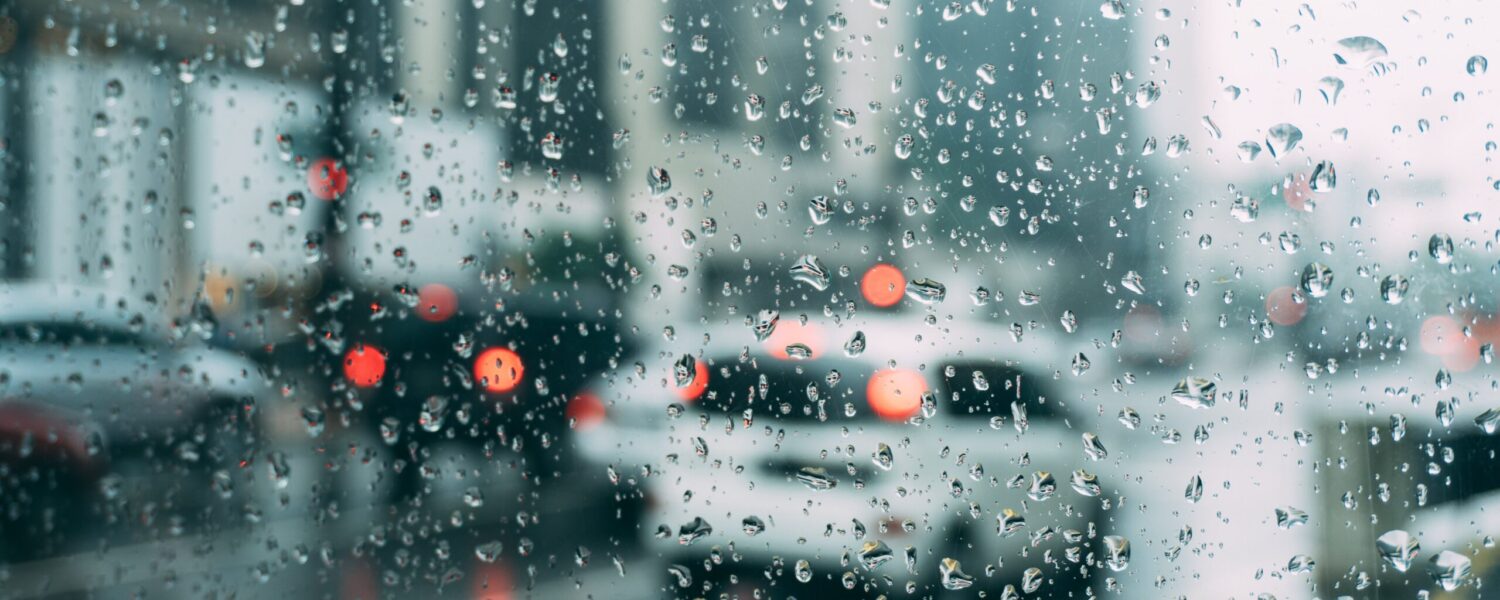Driving in severe weather
Heavy rain, high winds, flooding, ice and wintery showers can cause massive disruption to roads and create many potential dangers to drivers.
Rain and flooding
Heavy rain can make visibility very poor and therefore affect your stopping distance, whilst flooding on roadways can also cause you to aquaplane (meaning you skid and lose control).
Torrential rain can overwhelm roads in a matter of hours and cause large flash floods. Driving through these is not only bad for your car, but could also put you in real danger.
- Check the weather forecast before your journey, and if heavy rain is predicted, consider if your journey is essential.
- When visibility is poor, consider using your fog lights and making sure that your headlights are on to help other drivers see you.
- If you see a flooded road ahead, turn around and find an alternative route.
- Water on the road can be deeper than you think, so don’t try and continue through floodwater.
- If you can’t go another way, get to higher ground and wait for waters to subside.
- If your car becomes affected by water, consider if safe to get out and if you can, climb to higher ground.
- If you drive through any puddle of a significant size, test your brakes as soon as it’s safe to do so.
- In an emergency, always call 999.
Snow, ice and wintery weather
Driving through snow and ice can be extremely dangerous, with limited visibility and skid risk. It’s important to take note of the weather forecast and where possible, limit your driving in wintery conditions. If bad weather is due, do the weekly shop early so you don’t find yourself needing supplies and being forced to drive when the weather comes in. If you can, work from home, many employers now allow this.
If you have to drive there are a few things you can do to reduce the risk of incident:
- Check your tyres. The minimum legal tread depth is 1.6mm across 75% of the width of the tyre.
- Check and clean your lights and wipers. Remove any snow from the vehicle before setting off.
- Clean your windscreen, windows and mirrors.
- Keep your lights on.
- Check your car’s anti-freeze level.
- Carry an emergency kit which contains at least an ice-scraper and de-icer, cloths, warning triangle, torch, blanket and warm clothes, food and drink, a first-aid kit and a map.
- Give yourself extra time to reach your destination.
- Make sure you have more than enough fuel. If you have to stop you will need it to keep warm.
Driving in snow and ice:
- Drive only on main roads and only use routes you know.
- Drive slowly and leave at least a 10 second gap between you and the vehicle in front.
- Take regular breaks, intense concentration can be very tiring.
- Avoid hills and winding roads where possible.
- Drive in the highest gear possible and change down earlier when slowing down, brake as gently as possible.
- Steer slowly and smoothly according to your speed.
